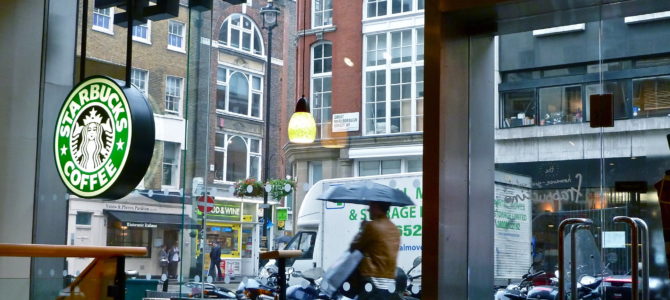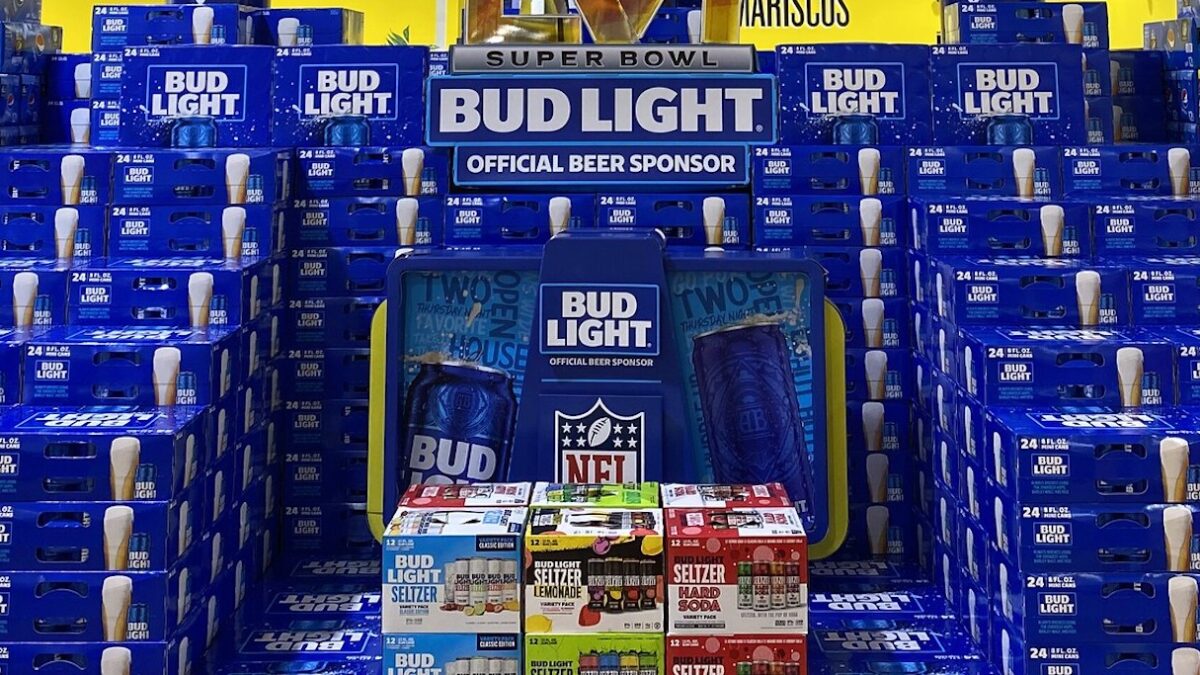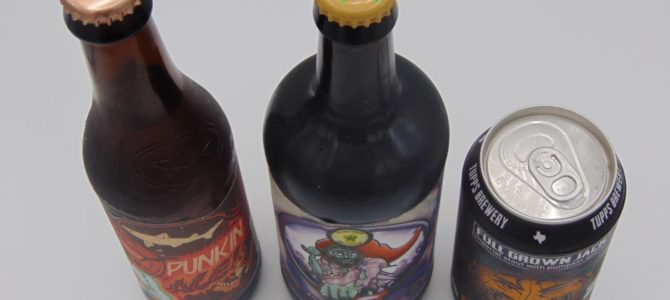
Starbucks made headlines last week when the coffee chain threatened to take down its Facebook page over “negative” comments on its posts promoting Black Lives Matter, LGBT ideology, and other leftist causes. It’s an oddly thin-skinned move for a mega-corporation, although I wouldn’t mind seeing the woke giants of Facebook and Starbucks go head-to-head.
Regardless, you shouldn’t care because you shouldn’t be buying Starbucks coffee anyway. Whether you’re just looking for your morning coffee fix before work or a remote workplace with lots of ambiance, chances are you have far better options than Starbucks.
Consider Buying An Espresso Machine
Yes, owning an espresso maker is extravagant. But so is dropping five or six dollars on a mediocre frappuccino that’s mostly ice, especially if you do so regularly. If you spend $5 on coffee every morning before work, that’s $25 in a week and around $100 in a month. In a year, you’ve spent over $1,200 on coffee, and that’s not even counting weekends.
Not every espresso maker is equal, but you can get a good-quality machine for between $150 and $300. That’s paid for itself in a few months if you’re a daily drinker. Plus, you don’t have to deal with a long morning drive-thru line, or have to worry about the barista using too much sugar or too little cream.
Find Local Places
An at-home espresso machine lets you enjoy your cappuccino amid the comforts of your pajamas and kitchen table, but it can’t give you the ambiance of a cozy or bustling coffeehouse. Starbucks is rarely the best option for atmosphere, though. As an international chain, it lacks the personality of a local joint.
If you’re blessed with a local coffee shop, use it. Whether it’s a warm and relaxing corner to cozy up with a book and a mocha, or an airy room with natural light and plenty of electrical outlets to work with a laptop and an iced coffee, plenty of other coffee shops do atmosphere far better than Starbucks does.
Some decorate the walls with local art pieces for sale, or place board games on end tables for families to enjoy. Local places are almost always better tailored to their clientele; you might see a breezy and casual coffee-and-ice-cream shop in a beach community or a cozy, rustic joint with a fireplace in a mountain town. Some stay open late and sell cocktails, or offer a signature dish like waffles or crepes.
Chances are, the coffee quality will be much better too. A common criticism of Starbucks’ coffee is that it’s too over-roasted, resulting in a burnt flavor. To an extent that’s a matter of preference, but as one barista told Consumer Reports, “Starbucks does tend to roast their beans a bit darker than most other coffee places.” Some coffee drinkers prefer darker roasts, but they can also be used to cover the flavor of lower-quality beans.
My economics professor would use Starbucks as an example to explain quantity and quality. Starbucks advertises “consistent quality in every cup,” and part of the chain’s appeal is customers know what to expect from a Starbucks whether they’re in Seattle or Birmingham.
But prioritizing consistency can sometimes force a business to use a lower-quality product that’s more widely available. According to their website, Starbucks buys 3 percent of the world’s coffee. If you’re a corporation buying 3 percent of the world’s coffee supply, it’s statistically impossible for all of your coffee to fall into the top 1 percent on the quality spectrum. But if you buy the top 1 percent and then supplement it with a slightly lower-quality product, your quality won’t be consistent across storefronts.
That doesn’t mean Starbucks’ quality is bad, but it also won’t have the originality of lots of local places. The family-owned store can select its signature beans and roasts with more creativity and intentionality than store managers taking directions from corporate. As a result, local places will often take more pride in their product and treat it as art, offering a signature drink or detailing designs in the coffee foam.
Think About Who You’re Supporting
Starbucks has also waded deep into political and social causes, so it’s worthwhile to know what those causes are. In 2020, Starbucks stores in the U.K. launched an initiative to raise money for Mermaids, a transgender activist group, by selling cookies in the shape of mermaid tails.
Mermaids encourages parents to help children “explore their gender identity,” and tells children “When you are born, it’s decided whether you’re a boy or a girl … But for some people, looks can be deceiving and they’re given the wrong gender.” Susie Green, the CEO of Mermaids, took her underage son to Thailand for castration in a reflection of the organization’s values.
In 2015, Starbucks started a campaign encouraging baristas to strike up conversations about race over the counter with their customers. It’s a well-intentioned idea, but trying to talk with strangers during rush hour is hardly the ideal setting for a seriously helpful conversation.
Additionally, the coffee chain shared questionnaires titled “Your Race Relations Reality Check: Where Do You Stand? Use These Conversation Starters With Your Family And Friends,” allowing people to fill in the blanks about how many of their Facebook friends and co-workers were of different races.
It’s worth considering what causes your coffee money is being invested in, and if there are other places it might be better spent. Investing your latte fund into your local small business is probably doing more good than buying from a global corporation — even more so if your local joint is involved in community charities or outreach.
Whatever you’re getting at Starbucks — an overpriced caffeine fix, a change of scenery to get your work done, or an informal meeting place, chances are you can find better elsewhere. Explore your other options before joining the crowd in the Starbucks drive-thru, and you might find a new favorite commute stop or lazy-Saturday-morning hideout.









